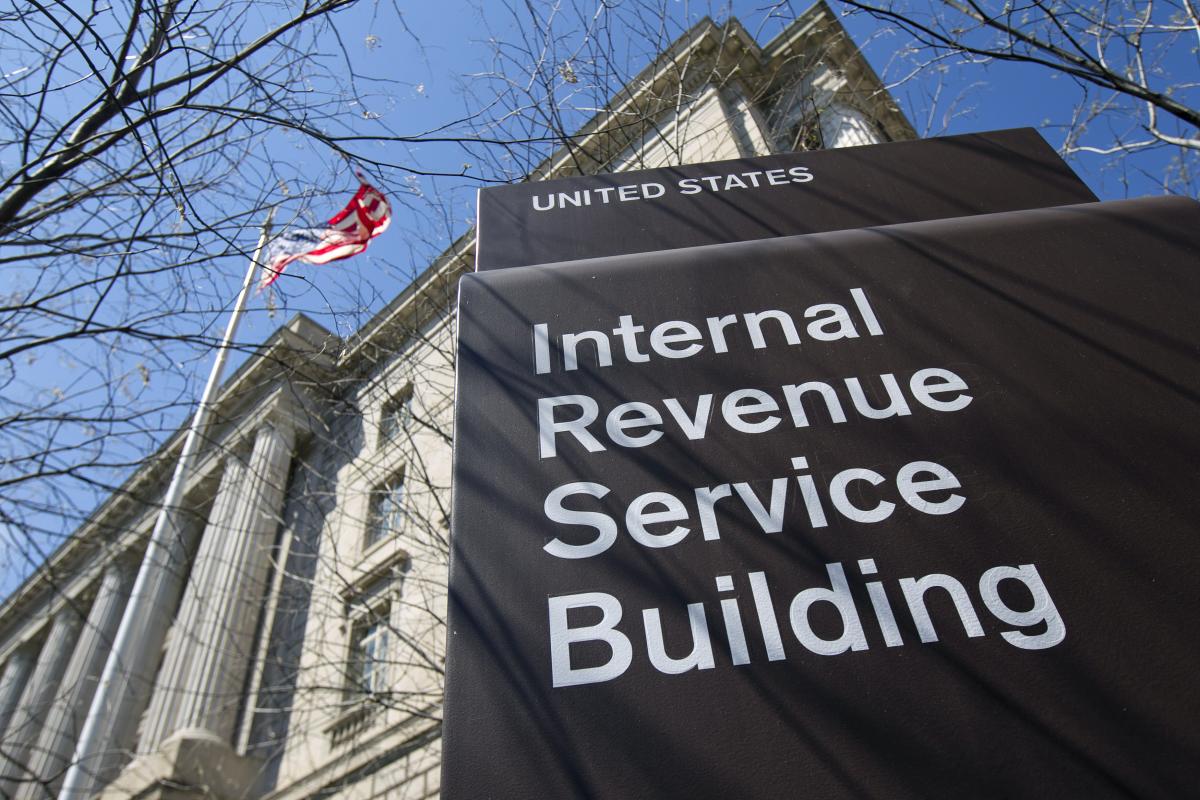Newly released proposed regulations by the Internal Revenue Service would update rules relating to the use of forfeitures in qualified retirement plans, including a new deadline for the use of forfeitures in defined contribution (DC) plans.
 The proposed regulations would clarify that forfeitures arising in any DC plan (including in a money purchase pension plan) may be used for one or more of the following purposes, as specified in the plan:
The proposed regulations would clarify that forfeitures arising in any DC plan (including in a money purchase pension plan) may be used for one or more of the following purposes, as specified in the plan:
- to pay plan administrative expenses;
- to reduce employer contributions under the plan; or
- to increase benefits in other participants’ accounts in accordance with plan terms.
In general, forfeitures occur when a terminated plan participant gives up his or her nonvested contributions to the plan. For the use of forfeitures, the plan document will specify how the plan sponsor may use the forfeitures. Current permissible options include: (1) reducing future employer contribution obligations to the plan, including corrective contributions; (2) reallocating among the accounts of active plan participants; or (3) paying plan expenses.
The use of forfeitures to reduce employer contributions includes the restoration of inadvertent benefit overpayments and the restoration of conditionally forfeited participant accounts that might otherwise require additional employer contributions, for example, the restoration of accounts conditionally forfeited under § 1.411(a)-7(d) (relating to certain distributions and cash-outs of accrued benefits).
Timing for Use
Regarding when plan forfeitures should be used, the general rule has been that funds in a plan’s forfeiture account should be used or allocated in the plan year incurred, and not be allowed to accumulate from plan year to plan year.
It appears the proposed regulations provide some relief to the existing rules by generally requiring that plan administrators use forfeitures no later than 12 months after the close of the plan year in which the forfeitures are incurred.
The IRS explains that this deadline is intended to simplify administration by providing a single deadline for the use of forfeitures that applies for all types of DC plans and to alleviate administrative burdens that may arise in using or allocating forfeitures if forfeitures are incurred late in a plan year.
The proposed deadline is similar to the deadline under §1.401(k)-2(b)(2)(v) for a section 401(k) plan to correct excess contributions by making corrective distributions, which is 12 months after the close of the plan year in which the excess contributions arise.
The proposed regulations would not affect applicable deadlines related to the timing of contributions and allocations under a plan, such as the deadline for correcting excess contributions to avoid excise taxes under section 4979.
Applicability Date
The regulations are proposed to apply for plan years beginning on or after Jan. 1, 2024, but a transition rule related to the 12-month deadline would be provided. Under this rule, forfeitures incurred during any plan year that begins before Jan. 1, 2024, are treated as having been incurred in the first plan year that begins on or after Jan. 1, 2024. Accordingly, those forfeitures must be used no later than 12 months after the end of that first plan year.
Meanwhile, although nothing in the proposed regulations would preclude a plan document from specifying only one use for forfeitures, the plan may fail operationally if forfeitures in a given year exceed the amount that may be used for that one purpose, the IRS warns.
For example, if (1) a plan provides that forfeitures may be used solely to offset plan administrative expenses, (2) plan participants incur $25,000 of forfeitures in a plan year, and (3) the plan incurs only $10,000 in plan administrative expenses before the end of the 12-month period following the end of that plan year, there will be $15,000 of forfeitures that remain unused after the deadline established in these proposed regulations. Thus, the plan would incur an operational qualification failure because forfeitures remain unused at the end of the 12-month period following the end of that plan year. The IRS notes that plans could avoid this failure if they are amended to permit forfeitures to be used for more than one purpose.
DB Clarifications
The proposed guidance also seeks to update rules relating to the use of forfeitures in defined benefit (DB) plans to reflect the previous enactment of new minimum funding requirements. To that end, the requirement in existing §1.401-7(a) that forfeitures under pension plans be used as soon as possible to reduce employer contributions would be eliminated because it is inconsistent with those minimum funding requirements.
The IRS explains that the minimum funding requirements of sections 412, 430, 431, and 433 do not allow the use of forfeitures to reduce required employer contributions to a DB plan in the manner contemplated by existing §1.401-7.
“Instead, reasonable actuarial assumptions are used to determine the effect of expected forfeitures on the present value of plan liabilities under the plan’s funding method,” the IRS notes, adding that differences between actual and expected forfeitures will increase or decrease the plan’s minimum funding requirement for future years pursuant to the plan’s funding method.
Comments on the proposed regulation must be received by May 30, 2023.

